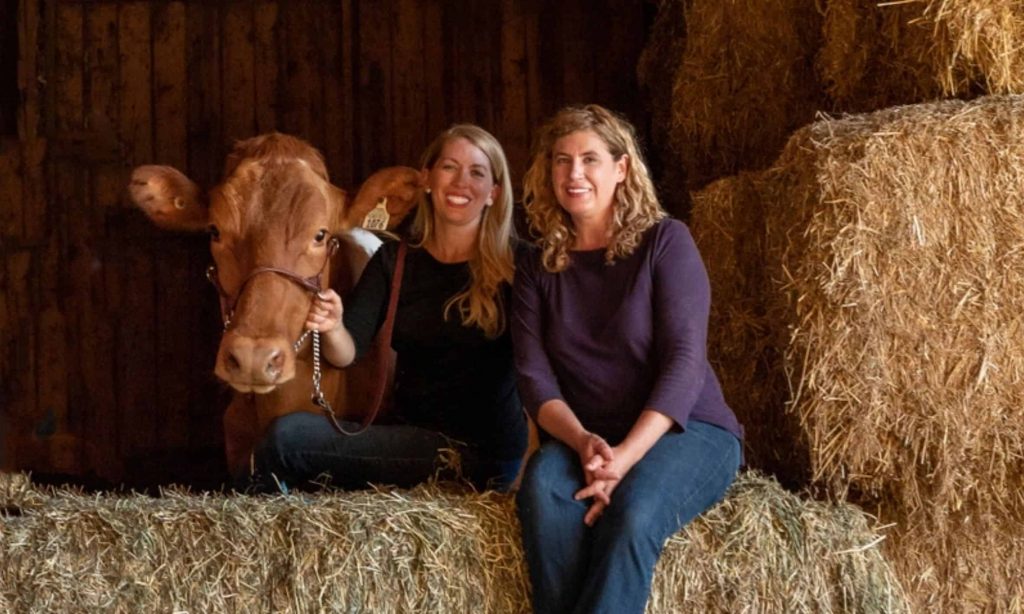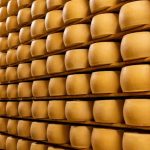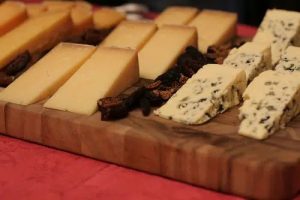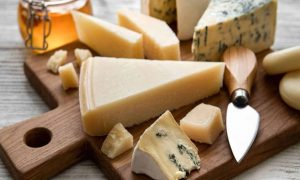
“We are focusing on making really great butter and showing consumers Wisconsin has not only great cheese, but great butter, too,” Jen Orchard says. She and her sister Julie Orchard own and operate Royal Guernsey Creamery of Columbus, Wis., a value-added arm of Gurn-Z Meadow Farm. Their artisan slow-churn butter scored 99.75 at the Wisconsin State Fair this year and won the grand champion title.
The sisters are seventh-generation farmers and dairy science graduates of the University of Wisconsin-Madison. They focus on milk quality in their mixed herd of 150 registered Guernsey and grade Holstein cows.
Julie, a veteran employee of a marketing agency, explains that she married a Holstein farmer in 2011, and their herds were commingled. Currently, so is the milk supply for their butter, but they’re planning to separate the production so only Guernsey milk goes into their butter. That milk comes from cows with a lineage that dates to the sisters’ grandfather’s time.
Their herd butterfat content averages 4.6%, with 3.25% protein. Julie says they look for sires that can transmit high butterfat and protein content.
“Our focus is to breed cows that produce high-quality milk as efficiently as possible,” Julie says. “We strive to breed a profitable cow that produces a high volume of high-component, high-quality milk. Our ideal cow is one that is of moderate size, high in components and excels in health traits.”
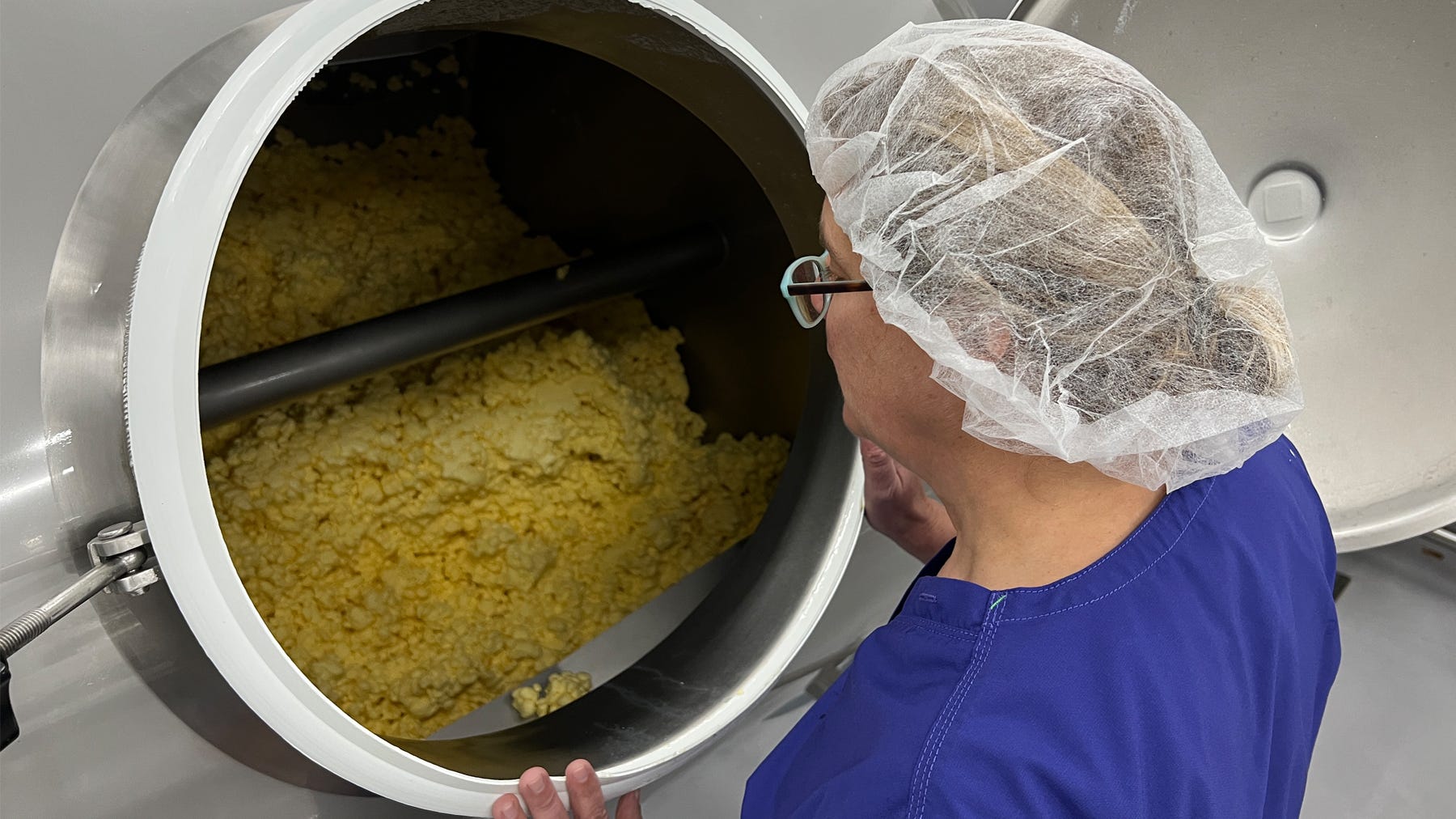
Jen is a licensed butter maker, butter grader and cheesemaker. Julie has her butter grader license and is apprenticing under Jen to get her butter maker license. They rent space at a creamery to make their butter. The project began in 2016 with a lot of research and discussions with other processors. They began selling butter in grocery stores in January.
“We were part of a milk quality project for the American Guernsey Association,” Julie explains. “Talking to other farmers about processing milk from Guernsey cows lit our fire.”
They decided that butter making would be a good fit. They worked with the UW Center for Dairy Research, and Jen completed cheesemaking and butter-making apprenticeships.
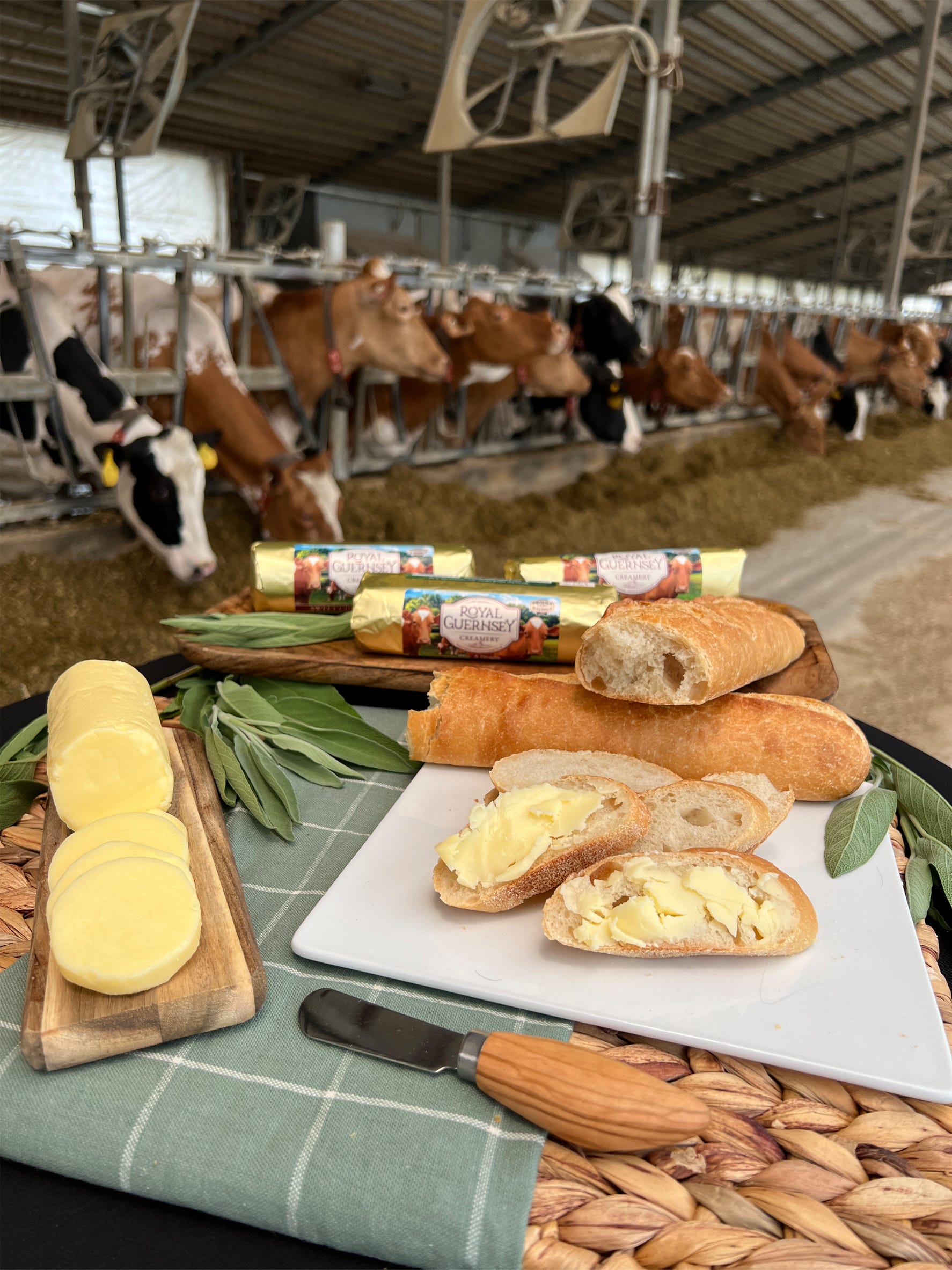
The sisters stress freshness in their product — “milk on Tuesday, and it’s butter on Thursday,” Jen says. She adds, though, that the product has a long shelf life and can be frozen.
They make a European-style of butter that Jen says is great for baking, noting, “Consumers really like that.” The butter is higher in fat content, made through old-fashioned batch churning. There are three flavors, packaged in 8-ounce rolls. “We tell customers to cut off what they want to use now and freeze the rest for later.”
Royal Guernsey butter is being sold online from coast to coast and at retail outlets in the Columbus area, Madison and Milwaukee.
“Every day is different,” Julie says, “and it’s great to talk with customers and be able to build relationships.” Butter is made as needed, with demand growing during the holidays. Excess milk goes to a cooperative.
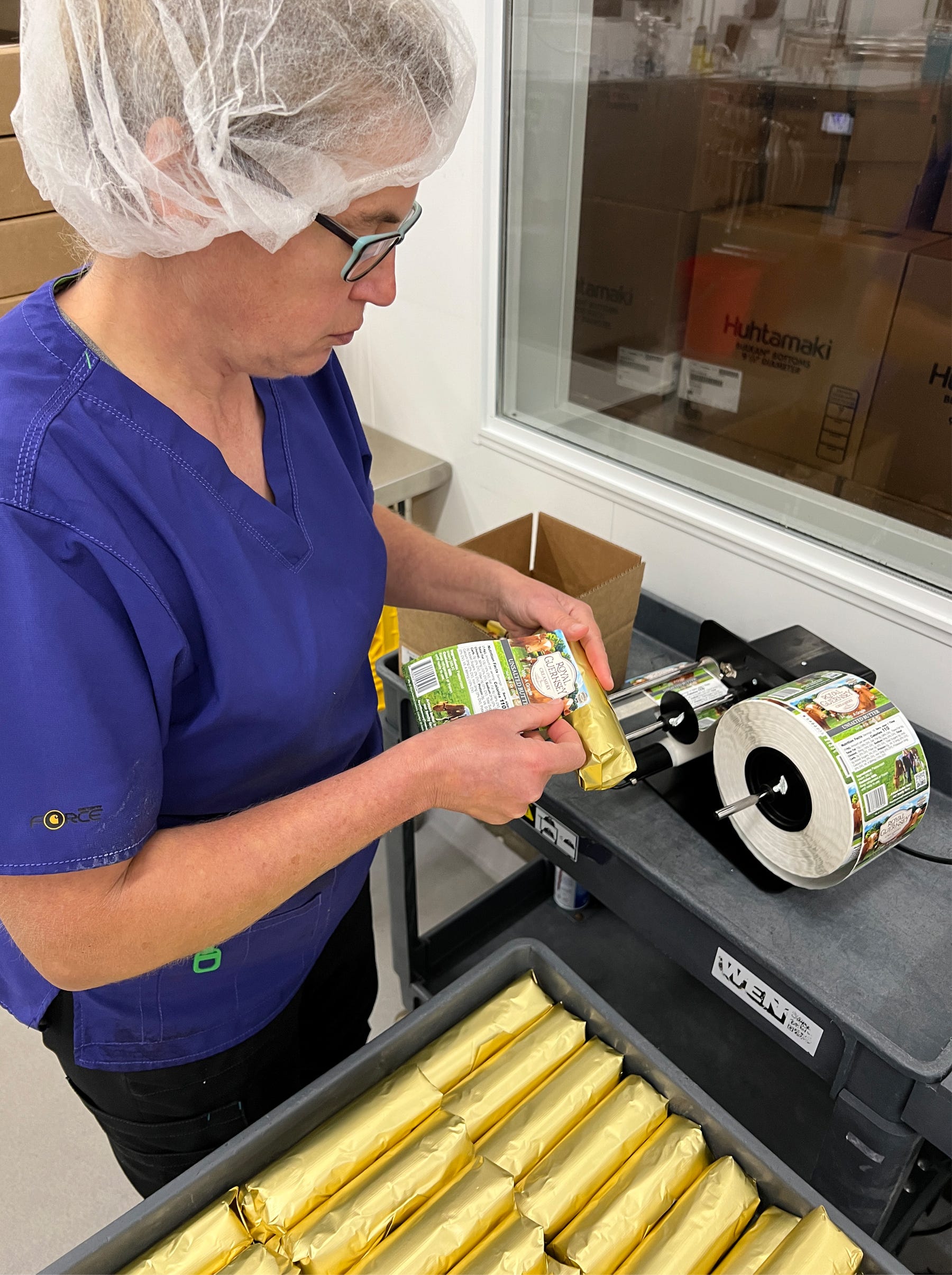
Jen left a biotechnology career to work at a local creamery to gain experience. The relationships she developed allowed her to gain understanding of grocery store markets. They are also finding a lot of support from local communities.
“We’re still growing and learning,” she adds. “We’re happy with what we’ve done so far.”
They turned to robotic milkers and freestall housing to save labor in their 150-cow herd. The herd is a consistent winner of state and national production awards. The cows’ diet gives the butter a rich, creamy taste, according to the Orchards. “We know the better we care for our cows, the better they care for us.”
